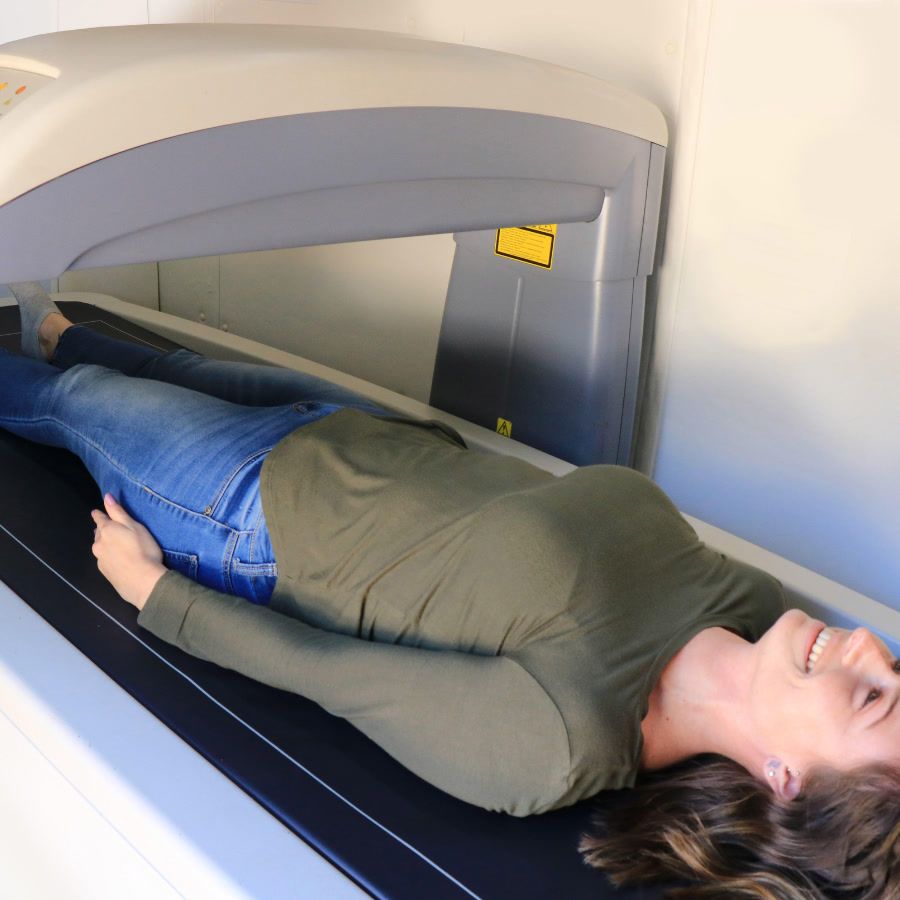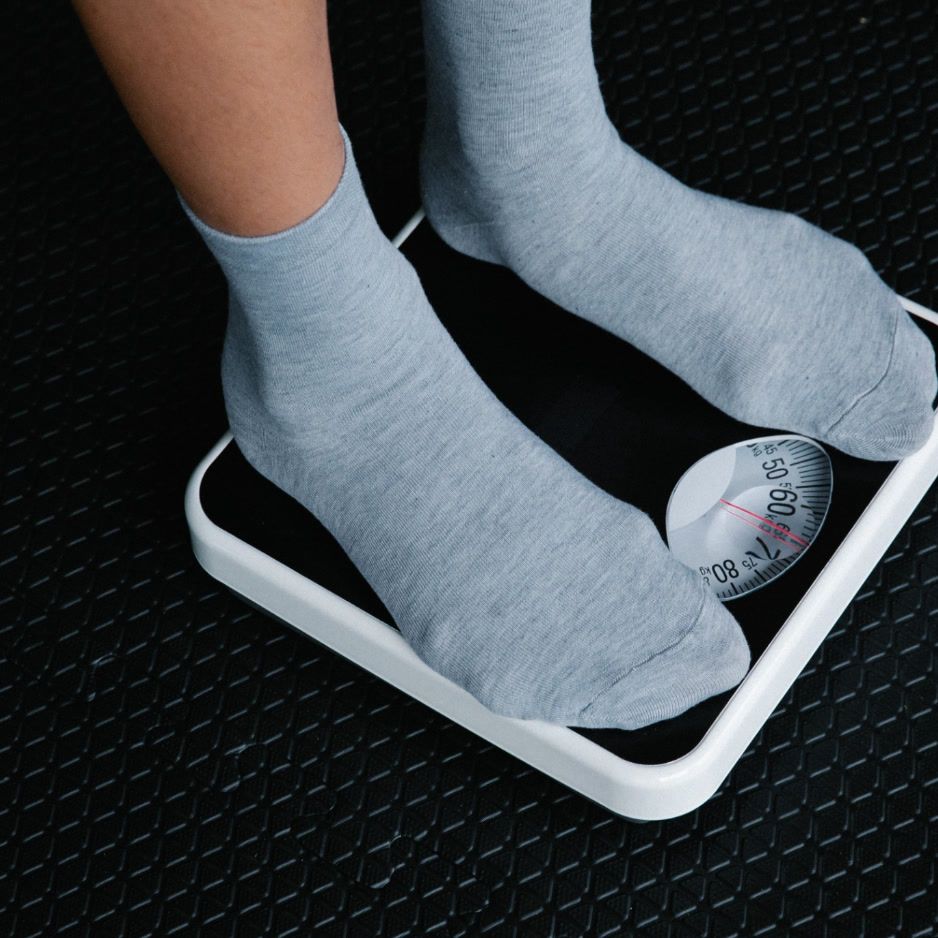How to Lose 20 lbs in 30 Days: A Blueprint
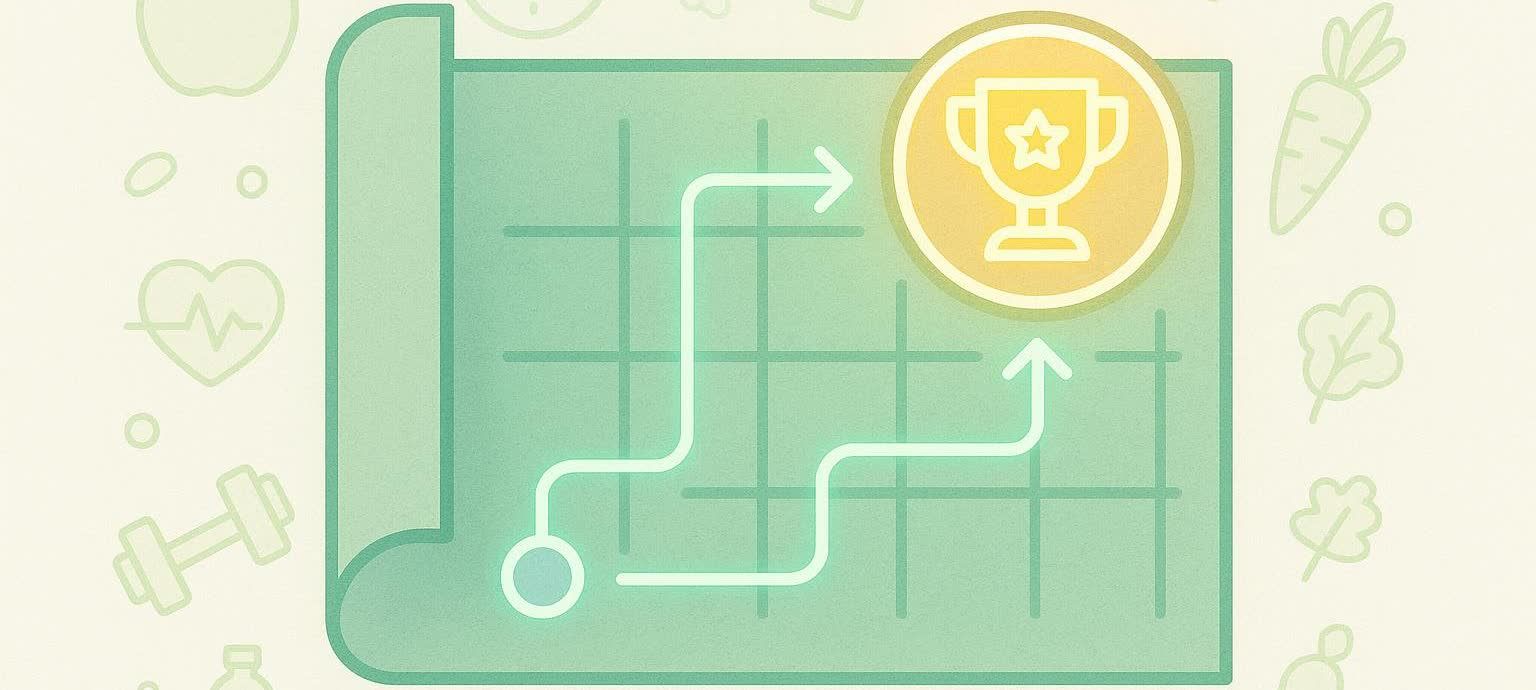
The Complete 30-Day Weight Loss Blueprint: Safe, Effective & Data-Driven
A comprehensive 30-day weight loss plan that combines science-backed strategies with realistic goals to help you lose 4-15 pounds safely while building sustainable habits for long-term success. Choose between conservative and aggressive approaches based on your goals and health status.
Choose Your Approach
Conservative Path: 4-8 Pounds (Recommended)
The Centers for Disease Control and Prevention (CDC) recommends a weight loss rate of 1-2 pounds per week as both safe and sustainable—a goal that allows your body to adapt gradually while preserving muscle mass and metabolic health.
Aggressive Path: 8-15 Pounds (Advanced Users Only)
Medical disclaimer: Losing more than 8 pounds in 30 days is an aggressive target that carries inherent risks. Always consult your healthcare provider before beginning any rapid-loss program—especially if you have medical conditions or take prescription medications.
Important considerations for the aggressive approach:
- Starting point matters: People carrying more excess body fat generally lose weight faster
- Requires precise tracking and professional monitoring
- Demands higher protein intake and structured resistance training
- Should include mid-point health assessments
The Science Behind Safe Weight Loss
Why gradual weight loss matters:
- Preserves muscle mass: Rapid weight loss often results in significant muscle loss, which slows your metabolism
- Maintains metabolic rate: Gradual changes help prevent your body from drastically reducing calorie burn
- Supports habit formation: Slower changes are easier to maintain long-term
- Reduces health risks: Avoids potential complications from extreme caloric restriction
Research from the Mayo Clinic shows that people who lose weight gradually are more likely to keep it off, making this approach not just safer but more effective in the long run.

Understanding Metabolic Adaptation
A 2016 study of The Biggest Loser contestants found resting metabolic rate remained approximately 500 calories below predictions six years later. This metabolic adaptation can be mitigated through resistance training, high protein intake, quality sleep, and strategic refeeds—see Metabolic Adaptation: Why Your Weight Loss May Plateau.
Nutrition Guidelines for Sustainable Success
Calculating Your Calorie Needs
Step 1: Determine Your Baseline
- Precision approach: A DEXA scan reveals precise lean and fat mass, plus an estimated resting metabolic rate (RMR) based on your actual body composition
- Estimation approach: Use our BMR Calculator guide or an online TDEE calculator
Step 2: Set Your Calorie Deficit
- Conservative approach: 500-750 calories below TDEE (15-20% deficit)
- Aggressive approach: 600-900 calories below TDEE (30-35% deficit) - requires medical supervision
| Approach | Deficit | Example (150-lb female, 2030 TDEE) | Expected Loss |
|---|---|---|---|
| Conservative | 500-750 kcal | 1,280-1,530 daily calories | 4-6 lbs |
| Aggressive | 600-900 kcal | 1,130-1,430 daily calories | 8-12 lbs |
Macro Distribution Strategy
Conservative Approach:
- Protein: 25-30% of calories
- Carbohydrates: 40-45% of calories
- Fats: 25-30% of calories
Aggressive Approach:
- Protein: 40% of calories (1.0-1.2g per lb body weight)
- Carbohydrates: 35% of calories
- Fats: 25% of calories
Prioritize Protein
Include protein with each meal to support muscle maintenance during weight loss, increase satiety, and boost metabolism through its thermic effect.
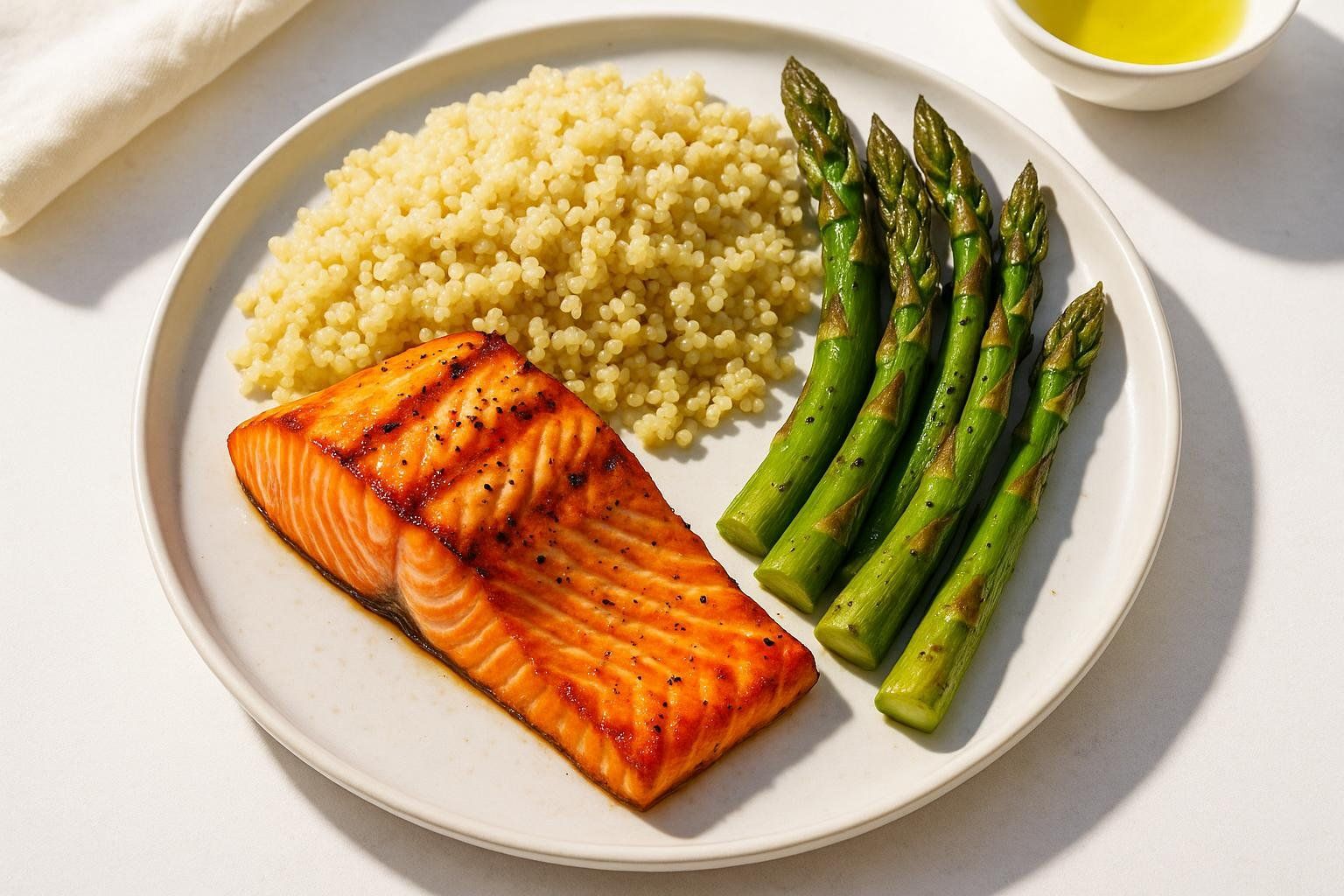
Protein Targets:
- Conservative: 20-30 grams per meal
- Aggressive: 30-40 grams per meal
- Daily total: 0.7-1.0 grams per pound of body weight (conservative) or 1.0-1.2 grams per pound (aggressive)
Quality protein sources:
Animal-Based:
- Lean meats, fish, and poultry
- Greek yogurt and cottage cheese
- Eggs
Plant-Based:
- Beans, lentils, and tofu
- Nuts and seeds
- Pea and soy protein powders
Embrace Fiber-Rich Foods
High-fiber foods promote satiety, support digestive health, and help regulate blood sugar:

- Aim for at least 25-35 grams of fiber daily
- Include fruits, vegetables, whole grains, and legumes
- Add fiber gradually to avoid digestive discomfort
Strategic Meal Planning
The 80/20 Approach (Conservative Path)
Focus 80% of your eating on whole, minimally processed foods while allowing 20% flexibility for treats or convenience foods. This prevents feelings of restriction while supporting your goals.
Strategic Cheat Meals (Aggressive Path Only):
- Limit to one meal per week, maximum 90 minutes
- Stay at maintenance calories for the day
- Prioritize protein and vegetables first
- Resume your plan immediately afterward
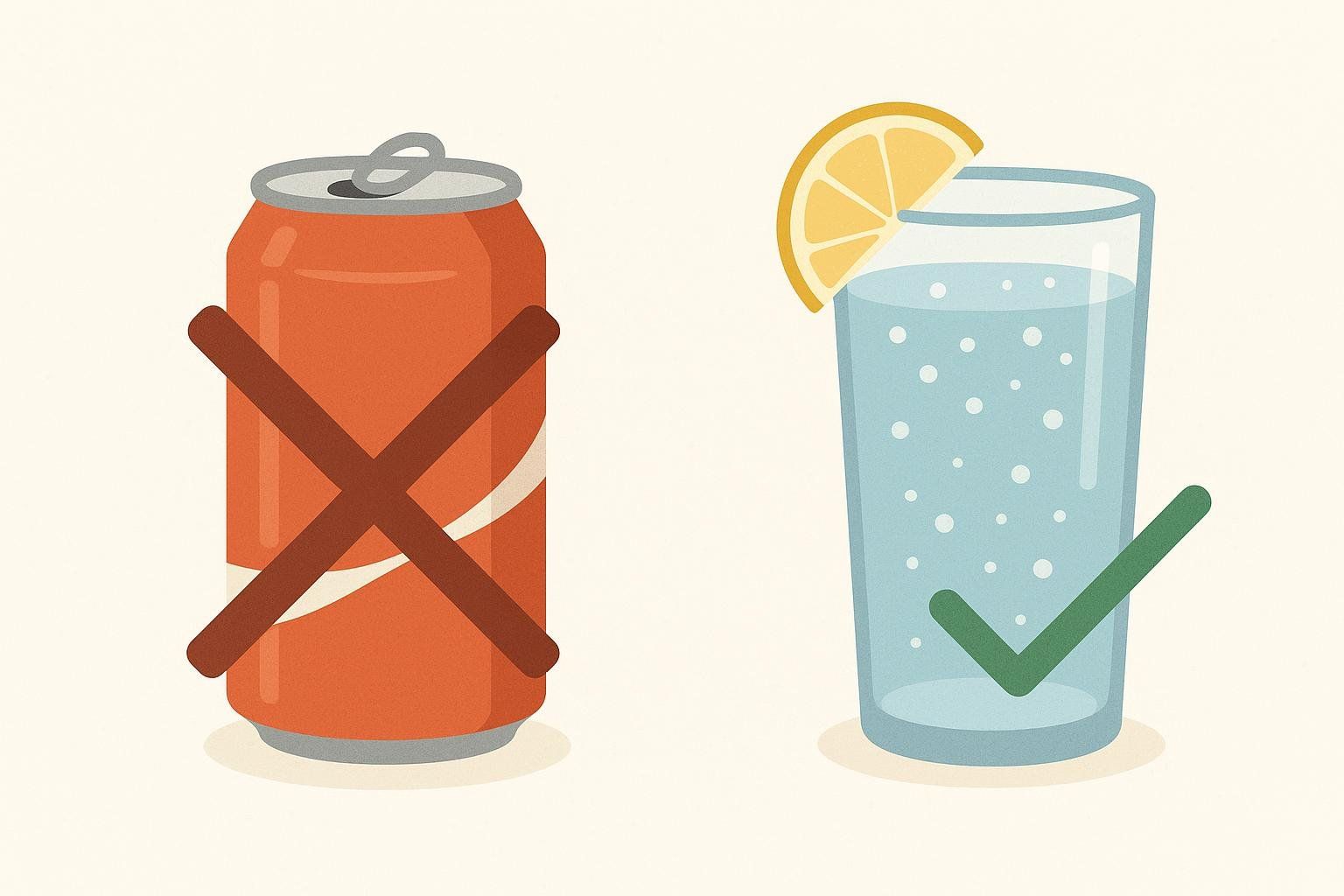
Batch Preparation Strategies:
- Cook grains, proteins, and roasted vegetables in batches
- Pre-cut vegetables for easy snacking
- Prepare protein overnight oats for quick breakfasts
- Keep healthy frozen meals as emergency backups
Smart Swaps That Add Up:
- Whole grain bread instead of white bread
- Sparkling water with lemon instead of soda
- Greek yogurt instead of sour cream
- Herbs and spices instead of heavy sauces
A Structured Exercise Plan for Weight Loss
Building a Consistent Movement Plan
The key to a successful exercise plan for weight loss is finding activities you enjoy and can maintain consistently. Start with moderate-intensity activities and gradually increase duration and intensity as your fitness improves.
Daily Movement Foundation:
- Aim for at least 150 minutes of moderate-intensity activity per week
- Include both cardiovascular exercise and strength training
- Focus on progressive overload—gradually increasing challenge over time
- Prioritize consistency over perfection
The Power of NEAT (Non-Exercise Activity Thermogenesis)
Small movements throughout the day can significantly impact calorie burn:
- Take stairs instead of elevators
- Park farther from destinations
- Stand during phone calls
- Take short walking breaks every hour
- Do household chores more vigorously
Strength Training for Weight Loss
Maintaining muscle mass is crucial during weight loss, especially when combining resistance training with effective cardio for fat loss. This combination helps prevent muscle loss and can even support muscle gain in beginners.
Basic Strength Training Routine (2-3x per week):
- Squats or modified squats (3 sets of 8-12 reps)
- Push-ups or modified push-ups (3 sets of 8-12 reps)
- Lunges or step-ups (3 sets of 8-12 reps each leg)
- Plank hold (3 sets, hold for 30-60 seconds)
- Bent-over rows using resistance band or weights (3 sets of 8-12 reps)
For form guidance, see our Strength Training for Beginners guide.
Low-Impact Exercise Alternatives
| Regular Move | Joint-Friendly Swap | Why |
|---|---|---|
| Burpees | Step-back squats + press | No jumping |
| Jump squats | Body-weight squats + calf raise | Knee-friendly |
| Running | Incline treadmill walk | Lower impact |
| Kettlebell swings | Band pull-throughs | Spine-safe |
Week-by-Week Blueprint
Week 1: Foundation Building (Days 1-7)
This week focuses on establishing core habits without overwhelming yourself with too many changes at once.
Nutrition Focus: Balanced Plate Method
Start using the USDA's MyPlate model as your guide for lunch and dinner:
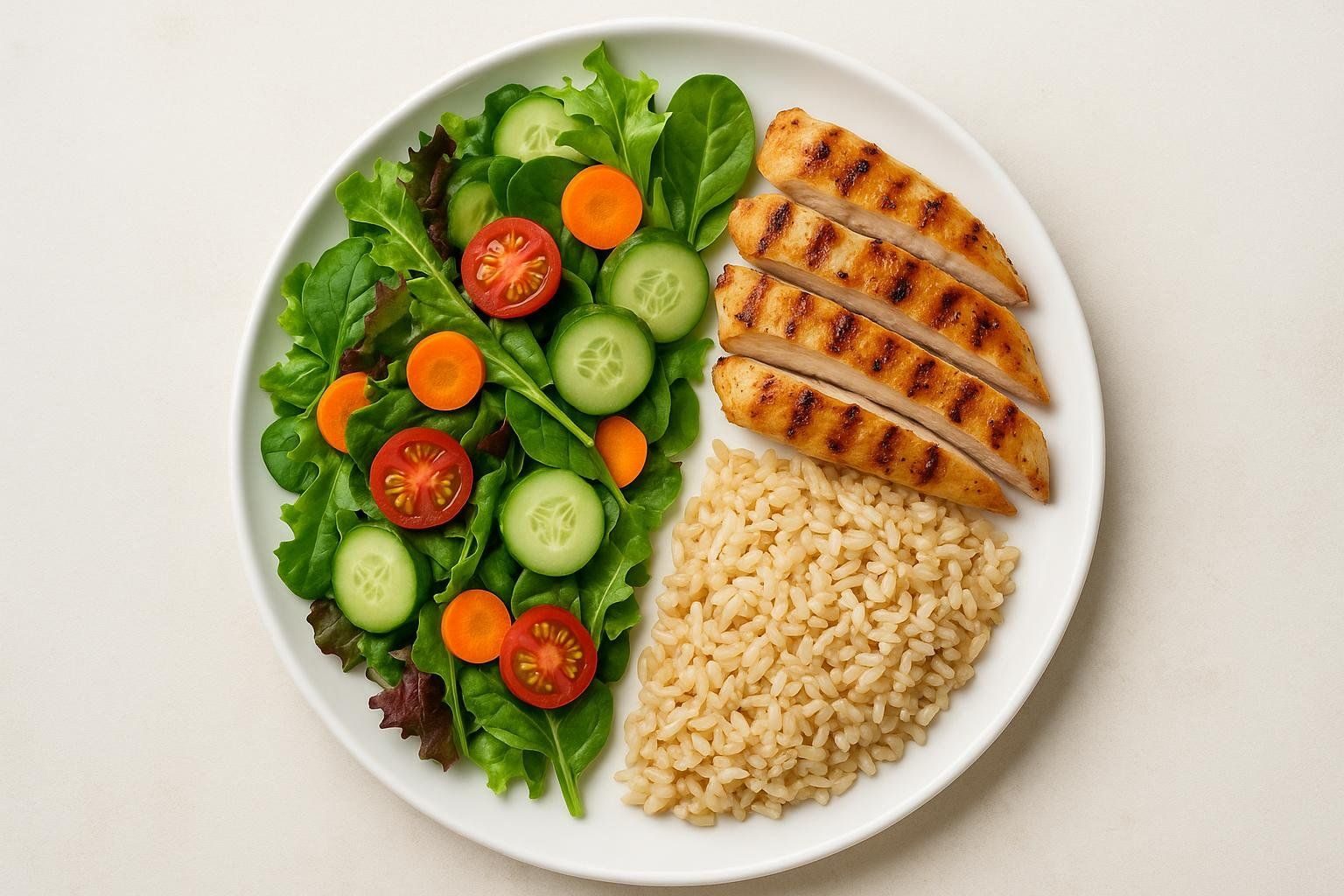
- ½ plate vegetables and fruits: Aim for colorful variety
- ¼ plate whole grains: Brown rice, quinoa, oats, whole wheat
- ¼ plate lean protein: Fish, poultry, beans, tofu, eggs
- Calcium source: Low-fat dairy or fortified plant alternatives
Sample Daily Menu (Conservative Approach): Below is a sample menu for the conservative approach; adjust portion sizes based on your chosen path and individual calorie needs.
- Breakfast: Greek yogurt with berries and a sprinkle of nuts (300-400 calories)
- Lunch: Large salad with grilled chicken, mixed vegetables, and olive oil dressing (400-500 calories)
- Dinner: Baked salmon, roasted vegetables, and quinoa (450-550 calories)
- Snacks: Apple with almond butter or carrot sticks with hummus (150-200 calories)
This sample totals approximately 1,300-1,650 calories. You may need to increase portion sizes or add another snack to meet your specific energy needs.
Movement Goals:
- 20-30 minutes of walking daily
- 2 sessions of bodyweight exercises (push-ups, squats, lunges)
- Focus on activities you enjoy to build consistency
Hydration Target: 8-10 glasses of water daily, reducing sugary beverages
Week 2: Adding Structure (Days 8-14)
Build on Week 1's foundation by introducing more structured meal timing and exercise variety.
Nutrition Upgrades:

- Plan meals 24 hours in advance
- Include protein with every meal to support satiety
- Add one new vegetable or whole food to your rotation
- Use your hand to estimate portion sizes:
- A palm of protein
- A fist of vegetables
- A cupped hand of carbs
- A thumb of fats
Enhanced Movement:
- Increase walking to 35-40 minutes daily or 6,000-8,000 steps
- Add 1-2 strength training sessions using bodyweight or light weights
- Include one fun activity: dancing, hiking, or playing a sport
- Aggressive approach: Add 15-minute HIIT after strength sessions (10×30 seconds hard / 60 seconds easy) - continue through Week 4
New Habit: Start a simple food and mood journal to identify eating patterns
Week 3: Optimization and Assessment (Days 15-21)
At the midpoint, it's time to fine-tune based on your progress and what's working.
Mid-Point Assessment Protocol:
- DEXA scan users: Schedule your Day 15 scan for precise body composition analysis
- Scale users: Assess if fat loss represents ≥70% of total weight lost
Assessment Questions:
- Which meals left you most satisfied?
- What types of movement did you most enjoy?
- When did you feel most energetic?
- What challenges arose, and how did you handle them?
Nutrition Refinements:
- Adjust portion sizes based on hunger and energy levels
- Experiment with meal timing that works for your schedule
- Focus on foods that kept you satisfied between meals
- Continue reducing processed foods and added sugars
- Aggressive approach: Plan one strategic refeed dinner at maintenance calories with 40-50g additional complex carbs
Movement Progression:
- Aim for 45 minutes of activity most days
- Try one new form of exercise (yoga, swimming, cycling)
- Include 2-3 strength sessions targeting all major muscle groups
- Aggressive approach: Add 1,000 daily steps (≈10-minute post-lunch walk)
Sleep and Stress Focus:
- Prioritize 7-9 hours of quality sleep
- Learn about the connection between stress and weight gain and practice simple techniques like deep breathing or meditation
- Create a relaxing bedtime routine
Week 4: Consolidation and Final Push (Days 22-30)
In the final week, focus on cementing successful habits and preparing for continued progress beyond 30 days.
Habit Reinforcement:
- Identify your top 3 most successful changes
- Plan how to maintain these habits during challenging situations
- Create backup plans for busy days or travel
Nutrition Mastery:
- Practice intuitive eating while maintaining healthy choices
- Build a repertoire of 5-7 go-to healthy meals
- Learn to navigate restaurant and social eating situations
- Aggressive approach: Add large leafy-green salad daily; include omega-3 foods 4×/week
Movement Integration:
- Establish a realistic long-term exercise routine
- Find accountability through friends, classes, or apps
- Set movement goals for the next month
- Aggressive approach: Try hybrid training sessions combining strength and cardio
The Psychology of Sustainable Change
Setting Yourself Up for Success
SMART Goals Framework
Instead of "lose weight fast," create specific, measurable goals:
- "I will walk for 30 minutes, 5 days this week"
- "I will include a vegetable with lunch and dinner daily"
- "I will drink 64 oz of water each day"
Habit Stacking
Link new healthy habits to existing routines:
- "After I brush my teeth in the morning, I will drink a large glass of water"
- "After I eat lunch, I will take a 10-minute walk"
- "After I change into comfortable clothes, I will do 5 minutes of stretching"

Progress Tracking Beyond the Scale
Monitor multiple indicators of success:
- Improvements in energy levels (rate 1-10 daily)
- Sleep quality and duration
- Exercise performance improvements
- Mood and stress levels
- Clothing fit and body measurements
- Non-scale victories (climbing stairs without breathlessness, etc.)
Handling Challenges and Setbacks
Common Obstacles and Solutions
- Cravings: Stay hydrated, include adequate protein, practice mindful eating strategies
- Busy schedule: Prep meals in advance, choose quick activities like walking
- Social situations: Plan ahead, focus on socializing rather than food, practice portion control
- Plateaus: Vary your exercise routine, reassess portions, prioritize sleep and stress management
Embracing Flexibility
Perfect adherence is not required or realistic. Focus on making healthy choices 80% of the time and allowing flexibility for the remaining 20%. This approach prevents the all-or-nothing thinking that often leads to giving up entirely.
Evaluating Your 30-Day Progress
Look beyond just the scale—celebrate improvements in:
- Energy levels throughout the day
- Sleep quality and mood
- Physical strength and endurance
- Confidence in healthy food choices
- Clothing fit and body measurements
The Gold Standard for Progress Tracking: While traditional scales only show total weight, advanced body composition analysis provides the most accurate assessment of your transformation by measuring changes in fat mass, lean muscle tissue, and bone density. This technology can differentiate between fat loss and muscle gain—revealing whether your weight loss is coming from the right places.
Day 30 Assessment Protocol:
- Final body composition scan to confirm visceral fat reduction and lean mass retention
- Adjust calorie targets based on new body composition
- Plan your next phase using our Sustainable Weight-Loss Guide
Consider establishing a baseline with professional body composition tracking to monitor whether your protein intake and exercise routine are effectively supporting your goals throughout the 30-day program and beyond.
Supporting Your Success with Professional Guidance
When to Seek Additional Support
Consider consulting with healthcare professionals if you:
- Have underlying health conditions or take medications
- Have not seen expected progress after 3-4 weeks of consistent effort
- Experience concerning symptoms like severe fatigue or mood changes
- Want personalized guidance for your specific situation
Monitoring Long-Term Changes
Understanding changes in muscle and fat mass gives you a complete picture of your progress beyond simple weight loss. Professional body composition analysis can help you:
- Track whether weight loss is coming from fat rather than muscle
- Identify areas where you are gaining muscle while losing fat
- Monitor dangerous visceral fat levels that traditional methods cannot detect
- Learn how to interpret body composition results for health insights
Your Post-30-Day Success Strategy
Transitioning to Long-Term Maintenance
The habits you build in 30 days are just the beginning. Research shows that people who successfully maintain weight loss share certain characteristics:
- Continued Monitoring: Keep tracking your weight, eating, and exercise habits
- Consistent Exercise: Maintain regular physical activity as a non-negotiable part of your routine
- Flexible Eating: Follow healthy eating patterns while allowing occasional treats
- Problem-Solving: Continue to adapt your strategies as life circumstances change
- Social Support: Maintain connections with others who support your healthy lifestyle
Building on Your Foundation
After completing your 30-day blueprint, consider:
- Setting new fitness goals (strength gains, endurance challenges, new activities)
- Expanding your healthy cooking repertoire
- Joining groups or classes that align with your interests
- Continuing to educate yourself about nutrition and health
- Scheduling regular check-ins with healthcare providers
- Monitoring body composition changes with periodic professional assessments
Realistic Expectations and Results
What to Expect in 30 Days
Conservative Approach:
- Realistic weight loss: 4-8 pounds
- Energy improvements: Many people notice increased energy within 1-2 weeks
- Fitness gains: Improved cardiovascular endurance and strength
- Habit establishment: Strong foundation for continued healthy behaviors
Aggressive Approach:
- Potential weight loss: 8-12 pounds, depending on starting point
- Faster initial results but requires strict adherence
- Higher risk of muscle loss without proper protein and resistance training
- May experience temporary fatigue during adaptation period
Individual Variation Factors
Remember that results vary based on:
- Starting weight and body composition
- Age and genetic factors
- Hormonal status
- Medical conditions or medications
- Stress levels and sleep quality
- Previous diet and exercise history
Key Takeaways for Success
- Focus on habits over outcomes: The behaviors you develop matter more than the number on the scale
- Prioritize consistency over perfection: Small, consistent actions compound over time
- Listen to your body: Adjust intensity and approach based on how you feel
- Celebrate all victories: Recognize improvements in energy, mood, strength, and confidence
- Think long-term: Use these 30 days as a foundation for lifelong health habits
- Track what matters: Go beyond the scale to measure true body composition changes
Ready to Begin Your Transformation?
This comprehensive 30-day weight loss blueprint provides both conservative and aggressive approaches backed by science and designed to prioritize your health and long-term success. Remember that the goal is not just to lose weight quickly—it is to develop the knowledge, skills, and habits that will support your wellbeing for years to come.
Start where you are, use what you have, and take it one day at a time. Your future self will thank you for choosing an approach that matches your goals while building sustainable habits.
Ready to track your progress with precision? Book a DEXA scan to establish your baseline and monitor true body composition changes throughout your journey. Unlike the scale, DEXA reveals whether you are losing fat and preserving muscle—the keys to sustainable weight loss success.
